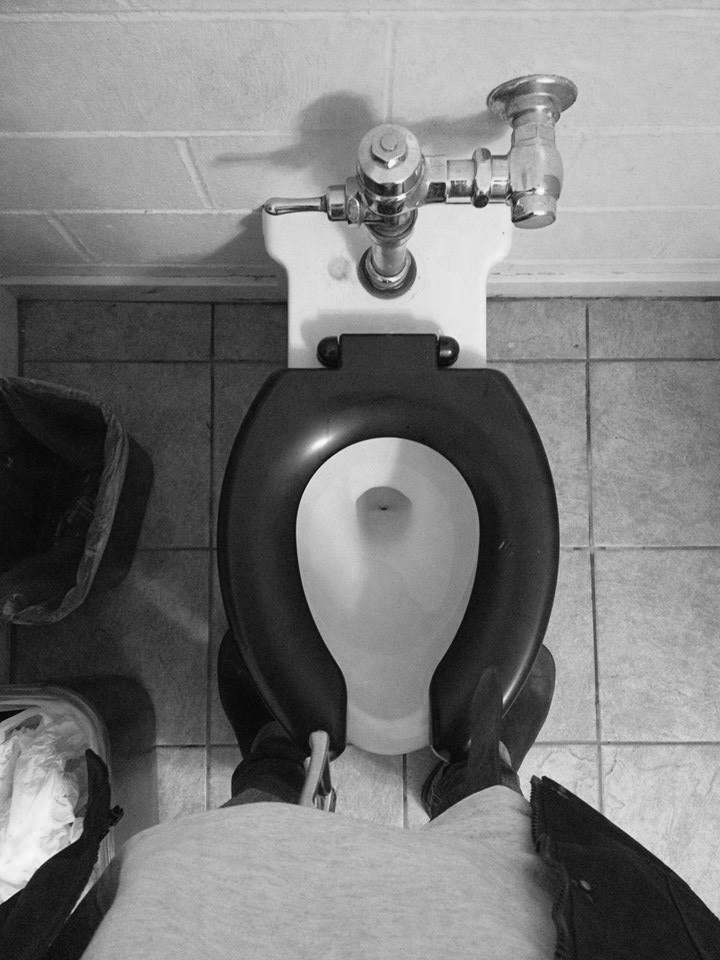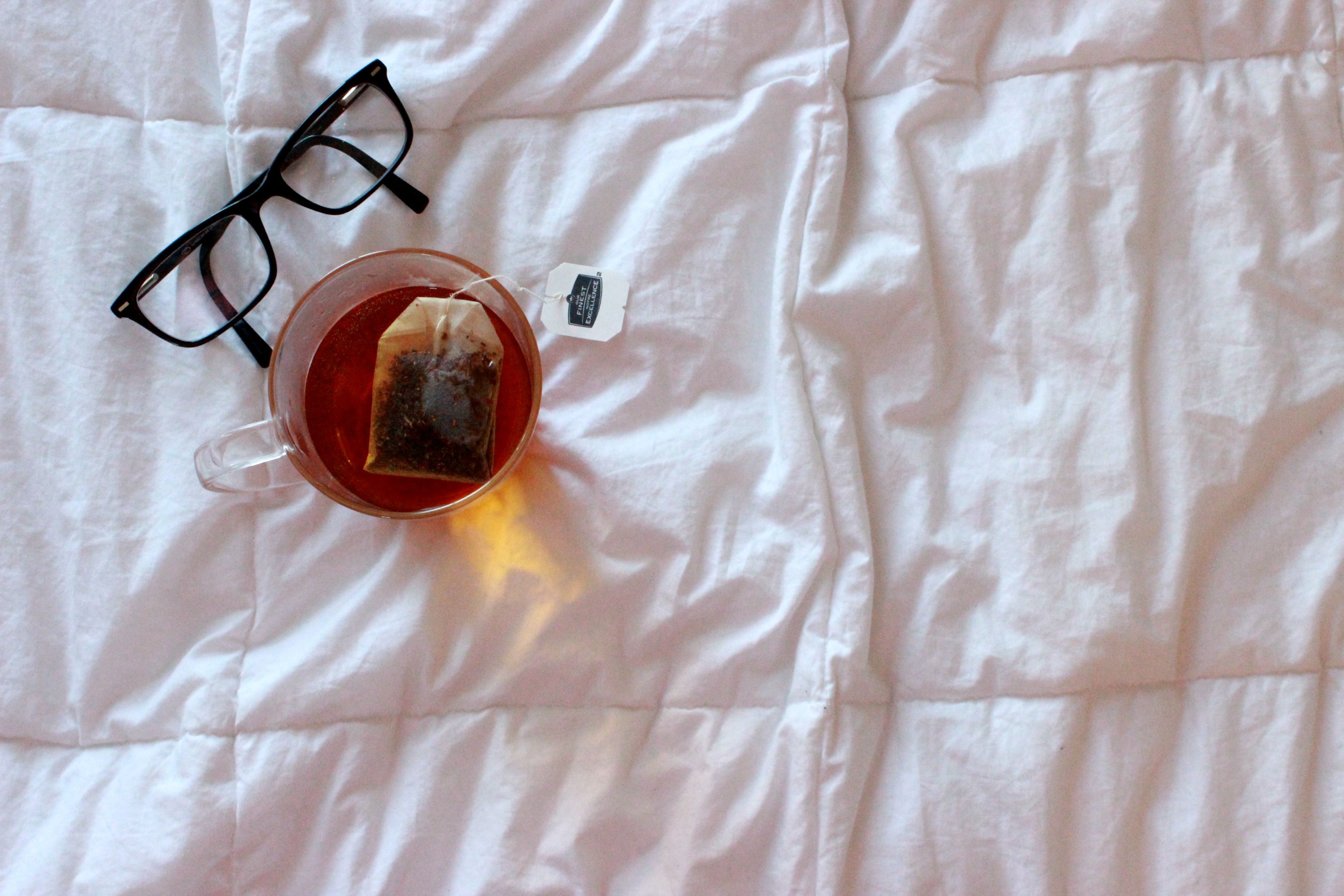Now that Black History Month is officially upon us, it’s time that we hear conversations on the importance of diversity. It makes sense considering Black voices are at its loudest during this time of year. We take a lot of pride in our people, our history, and our communities all while engaging in conversations about how we still have lots of work to do.
It’s a lot of Black people’s favourite time of year because it calls for action on diversity and inclusiveness. On top of that, people have no choice but to hear all our accomplishments we’ve done for the country because according to the public education system there is no room to fit them into the curriculum. This month makes many of us feel special, heard, and appreciated.
These feelings are something that society only puts aside for this month. For the rest of the 337 days of the year (336 during leap year) we have to actively fight and justify our existence, why we deserve the same opportunities as our White peers, and overcome barriers that have been placed by institutions for generations. With all that said, Black History Month is the perfect opportunity to call for action on being more diverse. This begs the question: what does it mean to be diverse?
Often times, when people hear the word “diversity” they often do not go beyond the surface. For them it’s the colour they see, the gender in front of them, the way people express themselves. For me, it goes beyond the surface. It’s the struggles people go through, the things they’ve overcome, the barriers that are in place, and the mindset that many have.
For example, the “Black experience” is not the same for every single Black person. Some of us had opportunities to excel and were able to receive the supports needed to get us where we are today and others weren’t that fortunate. Unfortunately, this often prevents them from reaching their full potential. The same could be said for any ethnic group and minority group.
What I am getting at that here is that diversity goes beyond the surface and it is important to recognize that. It means nothing to have a “Black face” on a poster to show diversity if we don’t acknowledge the experiences that comes with it. The issue with Acadia isn’t the lack of diversity on campus. We all knew what we were getting ourselves into after we decided to stay after our first year here. The issue with Acadia is not only to say we’re something we’re not (meaning diverse) but also, the lack of supports and understanding of people’s experiences based on the lack of diversity. This campus has so much potential to be an inclusive place regardless of the lack of visible diversity that’s on campus, but right now it’s lacking.
I bet you’re wondering what can we do to make it more diverse. Well, we can start by acknowledging that we all experience things differently. To understand to go beyond the melanin (whatever physical feature that makes us different) and think to ourselves “what can we do to make everyone feel at home?” Each person has different needs based on their personal experiences. We can become better supports to one another and stop asking people to speak on behalf of their race or what they physically represent. White people never speak on behalf of their entire group so there is no reason why everyone else needs to speak on behalf of theirs.
It is good and healthy to ask people their opinions on different matters and world events but remember that it is their opinion and their interpretation. So although their thoughts and opinions may be similar to others they still do not speak on behalf of everyone in said group. Lastly, remember that it is okay and healthy to disagree and debate with others but what is not okay is to dismiss others people’s experiences. For example, it is completely fine if you don’t believe that Acadia has a race issue on campus based on what YOU saw within campus but what is not okay is to dismiss people when they share their stories of race related issues they experienced on campus.
In short, what I’m trying to say is that next time you look at an Acadia poster, or see something within the community that seems “diverse”, look beyond the photo. What do you see? What is this photo trying to represent? Remember that we represent something beyond our physical features. I am more than a biracial woman. I represent my Christian faith, my control I have over my depression, the obstacles of being from a low income family, and many more things all while being a biracial woman. If people were to see me in a poster I would hope they see more than the colour of my skin and my gender. I would hope they would see me and think “she has a story” because reality is that we all have a story and that we all represent so much more than our physical features because reality is that we are all diverse. So while representation truly does matter remember that it simply goes beyond what we can see with the naked eye.





